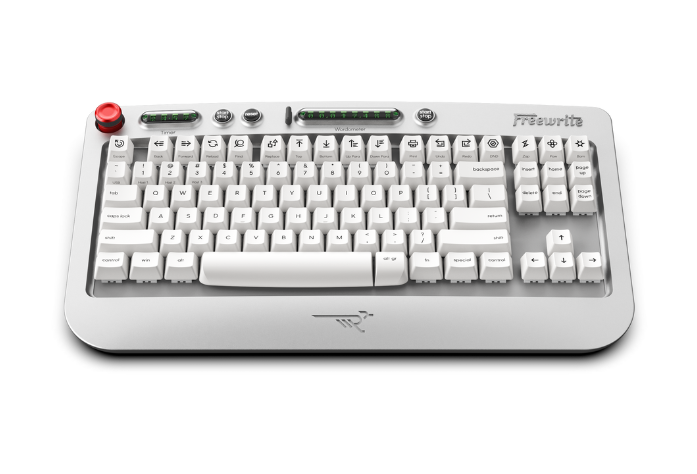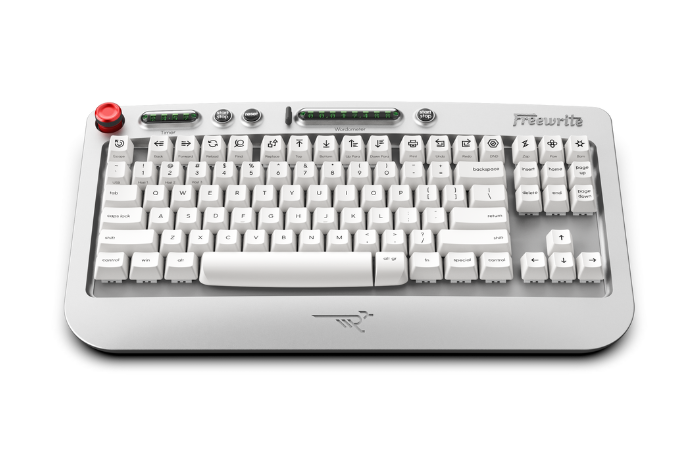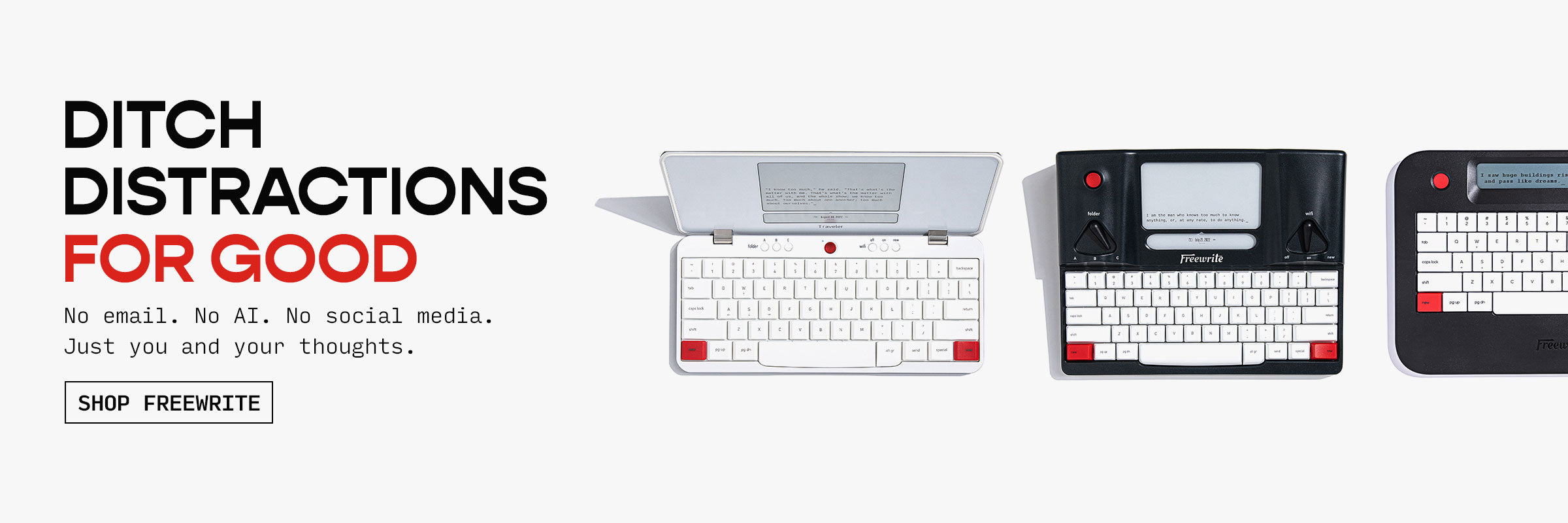Ray Bradbury might have offered the simplest advice on how to be a prolific writer when he said,
“Just write every day of your life. Read intensely, then see what happens. Most of my friends who are put on that diet have very pleasant careers.”
But how do writers that produce mountains of work like Ray Bradbury maintain their focus and ability to do crank out so many words?
The answer varies from author to author.

Stephen King, probably the most prolific author working in horror today, advocates for a double recipe of habit and eliminating distractions.
“I write from probably 7:30 till noon most days. I kind of fall into a trance. It's important to remember that it isn't the big thing in life. The big thing in life is being there if you're needed for family or if there's an emergency or something. But you have to cut out the unimportant background chatter. That means no Twitter. That means not going to Huffington Post to see what Kim Kardashian is up to. There's a time for that – for me, it's usually before I go to bed. I find myself sitting hypnotized and looking at videos of funny dogs, that kind of thing.”

“Instead of tormenting yourself with perfectionism,” James Patterson, author of more than 140 novels, says of his routine, “create momentum by freewriting — write without structure and let your mind's impulses lead you.”

Bestselling author Nora Roberts has a strict routine that requires her to treat writing as a day job, rather than a hobby.
She’ll do her morning workout and then at 9 a.m. heads to her office and writes for six to eight hours. Sometimes, she even goes back to work to finish things up after dinner.
Roberts’ routine is the closest to my personal regimen these days. I get up at 4:30 a.m. to head to the gym. I’m home by six and do a freewrite in my journal. I get my youngest ready and off to school (or summer camp, or just entertained) and I plug away at my writing until it’s time to pick them up.

Butt in chair. Every day. That’s really all there is to it for me.
For all of these prolific writers — myself included, not that I would count myself as a great among their number, but I amprolific and publishing — the common thread seems to be the input of reading a lot and the ability to keep to a routine.
There are definitely excellent writers who work much more slowly. Graham Greene would count out 500 words a day in his notebook (or 300 as he got much older) and stop writing right there for the day no matter what. He didn’t produce as much as, say, Stephen King, but his process worked for him and produced some of the best books ever written.
Fast or slow, it all comes down to building a habit that works for your personal habits and brain chemistry. What does that routine look like for you?
Explore the Secrets of Other Great Authors through Time
- JRR Tolkien
- George R.R. Martin
- Stephen King
- Ernest Hemingway
- Celeste Headlee
- William Wordsworth
- George Lucas
- Fyodor Dostoevsky
- Ashley Poston































